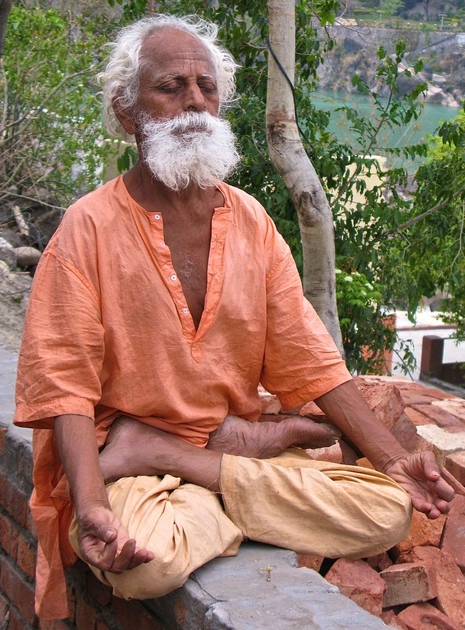
How often is a person conscious and mindful of what he or she is doing? Life is busy, we check our cell phones every three seconds, and when we aren’t regretting the past we are busy worrying about the future. Trauma treatment practitioners are becoming more aware that disassociation is something we all do. It is only a matter of degree and severity that separates trauma victims from others. Without using the term mindfulness, Jewish tradition offers protective and wise ways to remind us to be mindful. In this article, I will enumerate a number of examples:
- The Torah rarely provides explanations for the commandments, however some rituals are so obviously symbolic that one would have to be completely obtuse to not grasp their intent. Tefilin and Mezuzot are one of those mitzvot that literally have their instruction manual built inside. People revere mezuzot, check mezuzot, kiss mezuzot, and even dubiously use them as talismans (which Maimonides abhorred, Hilkhot Tefilin 5:4). Do we actually THINK AND MEDITATE about what’s inside them before we enter or leave our homes or before we pray? Research has shown that the first few minutes of departure and reunification, and its attendant rituals make an enormous impact on the couple’s sense of togetherness and intimacy. A kiss on the cheek or a warm moment of eye contact when leaving for the day and when returning is powerful. The Mezuzah and Tefilin are quietly “screaming at us״ daily to stop and pay attention to the fundamentals of life before we pray, when we venture outside, when we return home, when we wake up and when we go to rest.
- Many wallow in guilt about how they rush through their blessings on food. Please spare yourself. G-d doesn’t need your guilt. He wants you to function well and enjoy life. Blessings are not burdens; they are opportunities to become mindful and notice the wonderful world we live in. So says the Kuzari (III:17)
- Two principles in halakha that have similar ends in regard to mindfulness are: (a) One does not mix two joys together, such as making a wedding on Chol HaMoed (Shulkhan Arukh 546) nor does one perform mitzvot in bundles (Berachot 49a) such as mixing in one blessing two unrelated themes. Some commentaries are explicit in identifying the underlying principle for these rules as coming from the need to pay attention and tend to each event or experience. See Arukh Hashulkhan EH 62:15.
- A chapter near the end of Moreh Nevukhim (III:51) practically constitutes an ethical mussar treatise worthy to be its own book. A central theme within it is to be mindful and maintain continuous awareness of G-d. Most people think prayer is a three-times-a-day ritual. From Maimonides’ treatise, it is more correct to think of prayer as follows. One must be constantly in contact with G-d. Praying three times a day is simply a method to recharge the battery every few hours in order to maintain the constant state of attachment.
- For those readers who are fans of lomdut, it would seem that a machloket between Maimonides and Ra’avad revolves around whether one can have two thoughts or ideas in mind at the same moment or not, See Hilkhot Parah (7:3).
Translations Courtesy of Sefaria, except when, sometimes, I disagree with the translation ![]()
If you liked this, you might enjoy my Relationship Communications Guide. Click on the link above.
Rabbi Simcha Feuerman, Rabbi Simcha Feuerman, LCSW-R, DHL is a psychotherapist who works with high conflict couples and families. He can be reached via email at simchafeuerman@gmail.com
 Previous
Previous


